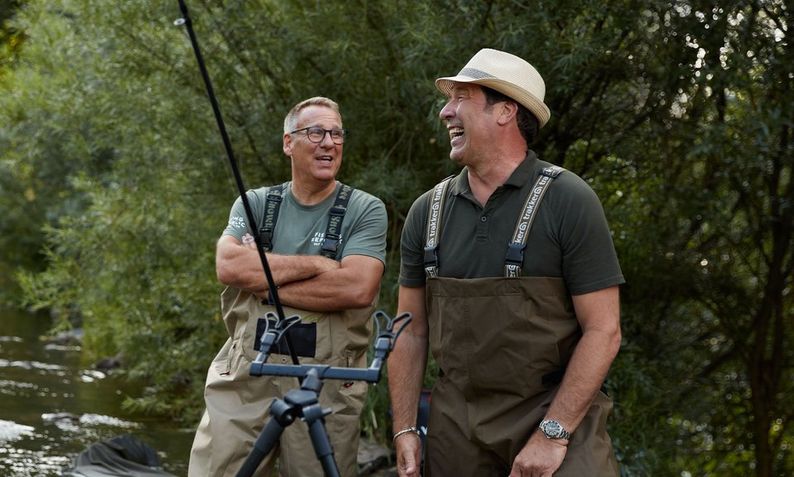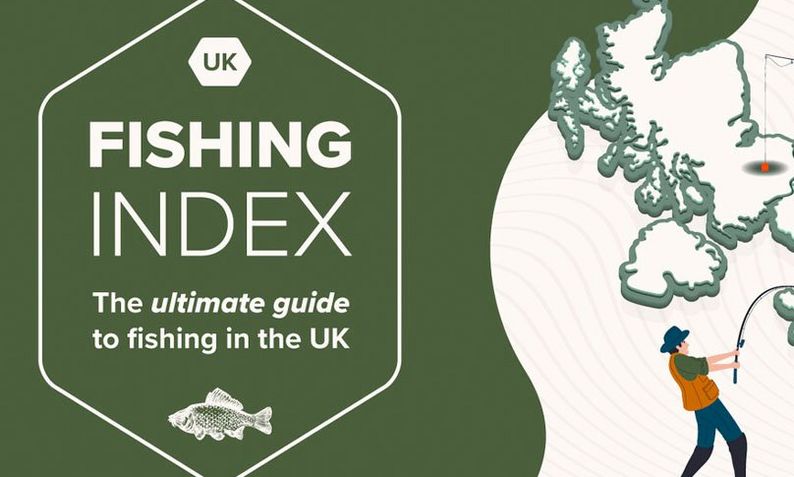Crabbing is an enjoyable seaside activity for both grown-ups and kids to spend time together all year round. Even when it’s not sunny beach weather, it’s a fantastic way to entertain the kids and keep them busy whilst introducing them to marine life. We’ve put together a guide with tips and equipment to get the most fun out of crabbing.

Location and Time
Most beaches will have great spots for crabbing, whether it’s on the shoreline or off a pier. Crabbing can be done at high tide and low tide, but the best time is just before the tide begins to rise and then up to two hours after high tide. Look for calm waters and pools near the shore left by the retreating sea.
What to Wear
Crabbing requires a lot of patience and can be enjoyed at any time of the year, so dressing appropriately for the weather is important. If the weather forecast states it’s going to be a hot and sunny day then sun cream, shade and hats are essential. Alternatively, if it’s cold and rainy then layer up and choose waterproof clothing.
Tip: Closed-toe shoes and gloves are optional but may be beneficial as crabs like to pinch in self-defence!

Equipment
You don’t require a lot of equipment to go crabbing or to enjoy it. The basics would be a crab line, which is a long fishing line with weights, and a pouch for the bait to sit in. You’ll also need a bucket for holding onto the crabs and remember, the bigger the bucket the better as crabs don’t like to be overcrowded. Guidelines suggest a maximum of 10 crabs per pail. A net makes it easier to scoop up the crabs once they’re pulled out of the water and lastly, some smelly bait - something inexpensive like raw bacon or off-cuts is a favourite!
How to Catch Crabs
1. Fill your bucket with seawater, seaweed, and pebbles to help mimic a crab’s natural environment and put the bucket in the shade – the water will need changing every 10 minutes otherwise the crabs may not survive.
2. Find a suitable location and drop the crab line into the water where the bait can reach the bottom.
3. Be patient! Once you feel a slight tug, the crab will likely be holding onto the line and eating the bait.
4. Slowly and steadily pull in the line – not too fast that the crab realises and scutters away but not too slowly that the crab has already eaten the bait and is no longer on the line – practice makes perfect!
5. If you have a net, this is the time to use it! Place the net under the crab as you pull it out of the water then place the crab into the bucket.
6. Once you’ve finished looking at them, find a place close to the water’s edge and watch the crabs scurry away as you let them go. It’s fun watching them walk sideways!

Mind your Fingers
Remember crab claws can hurt so always supervise children! If you want to pick the crabs up, it is advised to hold them by their ‘armpits’ – this is a popular way to pick crabs up as they can’t reach! Simply place your thumb and one finger gently on either side of the crab’s shell.
Crabs can get aggressive and start fighting other crabs. If this happens, it is best to take those crabs out of the bucket and return them back to the water.
Shore crabs aren’t edible so don’t try to cook them! Ensure they are returned to their home when you are finished looking at them.
Catching crabs on the beach is an enjoyable activity and a great way to make some memories. Now you know where to look for crabs and how to catch them, check out our crabbing range for a memorable beach trip with the family.

